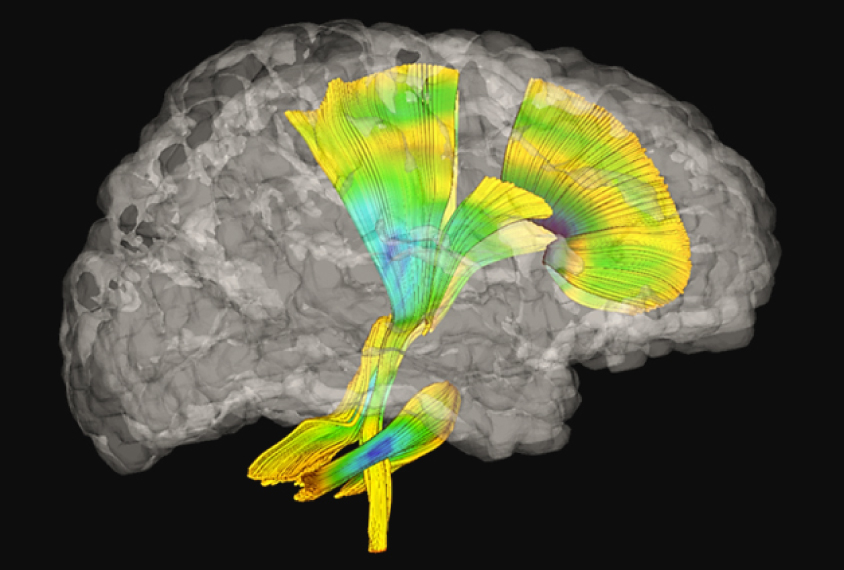A new study led by Jason Wolff at University of Minnesota offers a possible explanation. Wolff’s team examined white matter tracts (which are bundles of neurons that connect different areas of the brain) in 217 younger siblings of children with autism. They found three unusually structured nerve tracts in 6-month-olds who were later diagnosed with ASD and exhibited both repetitive behaviors and unique sensory features. One unusual pathway was found in the corpus callosum, which connects the two halves of the brain, and two unusual pathways were in the cerebellum, which is often associated with processing sensory stimuli. The more active these three pathways were at 6 months, the more severe the child’s sensory features and repetitive behaviors proved to be at 2 years. Excitingly, these structures may prove to be an early biomarker for two correlated features of autism and may help researchers understand more about the neural origins of autism and its symptoms. Click here to learn more about the study.
